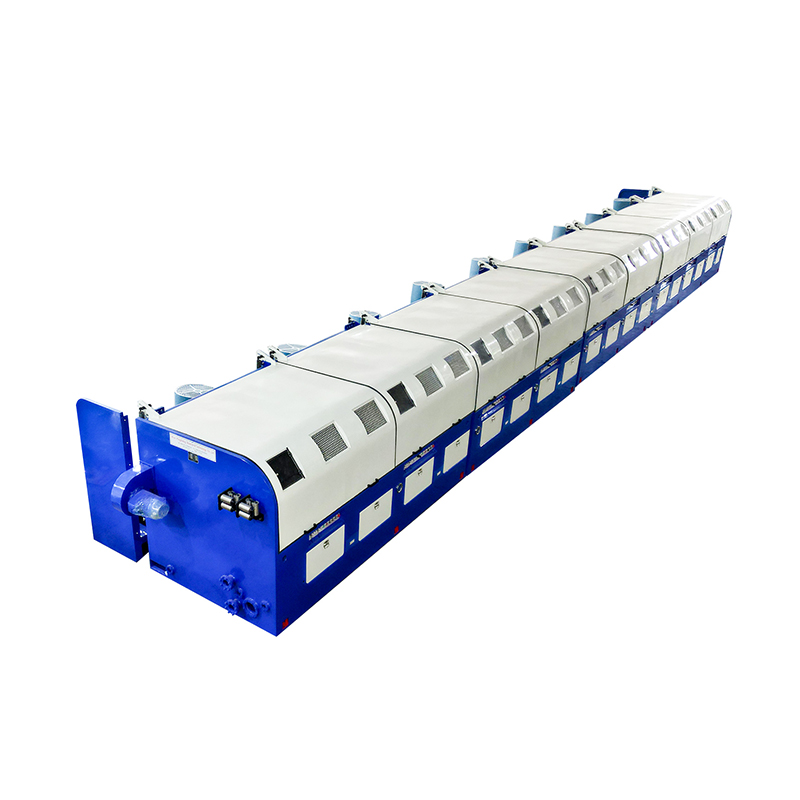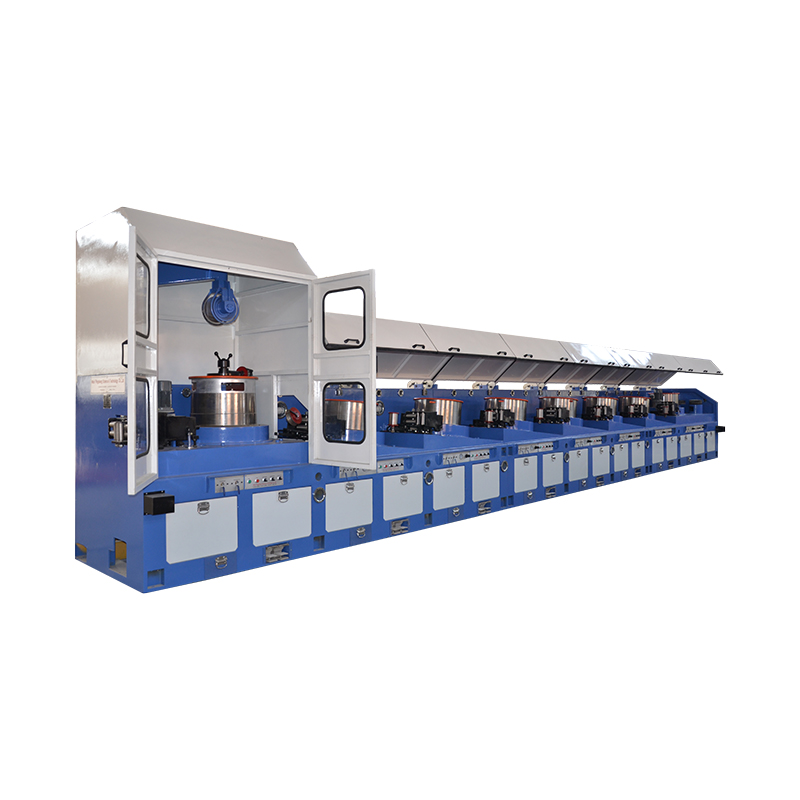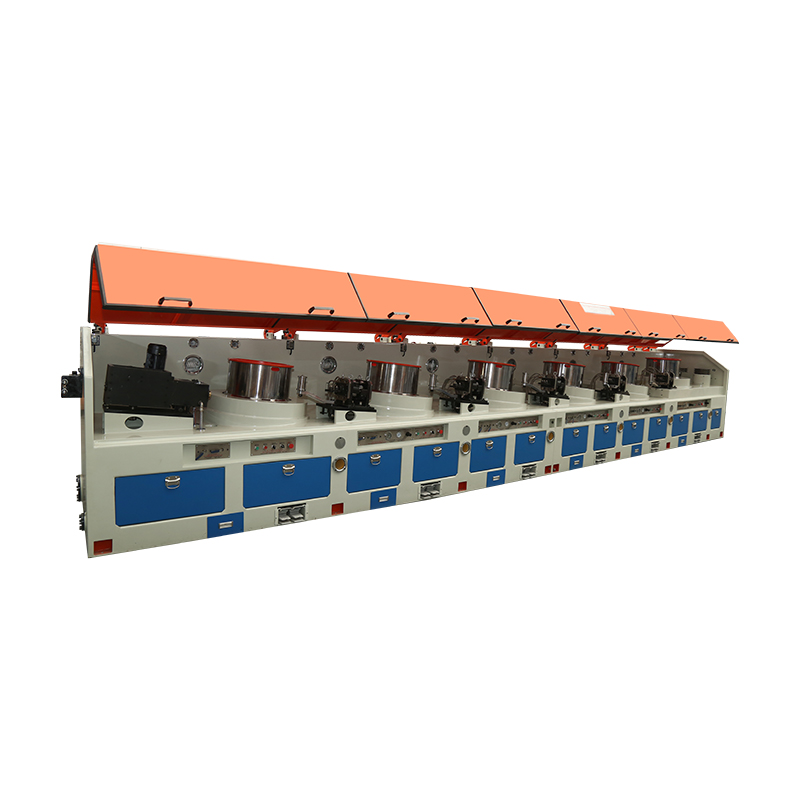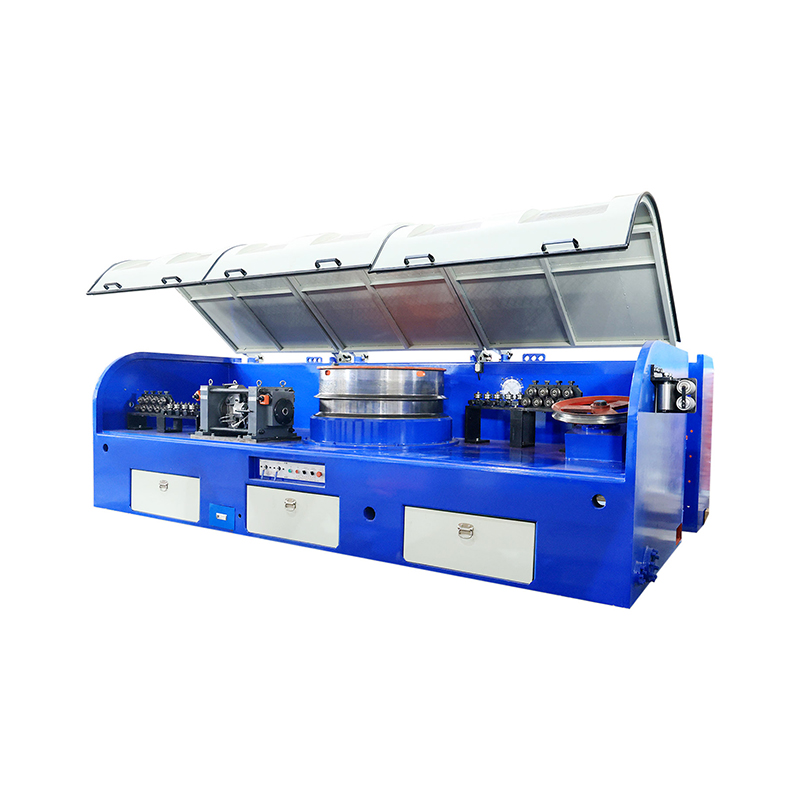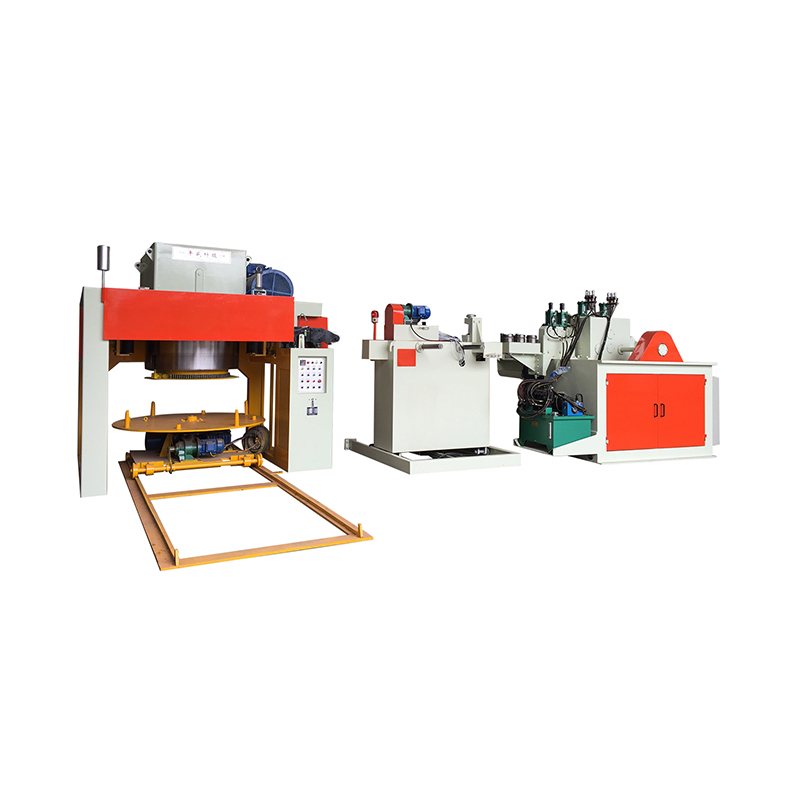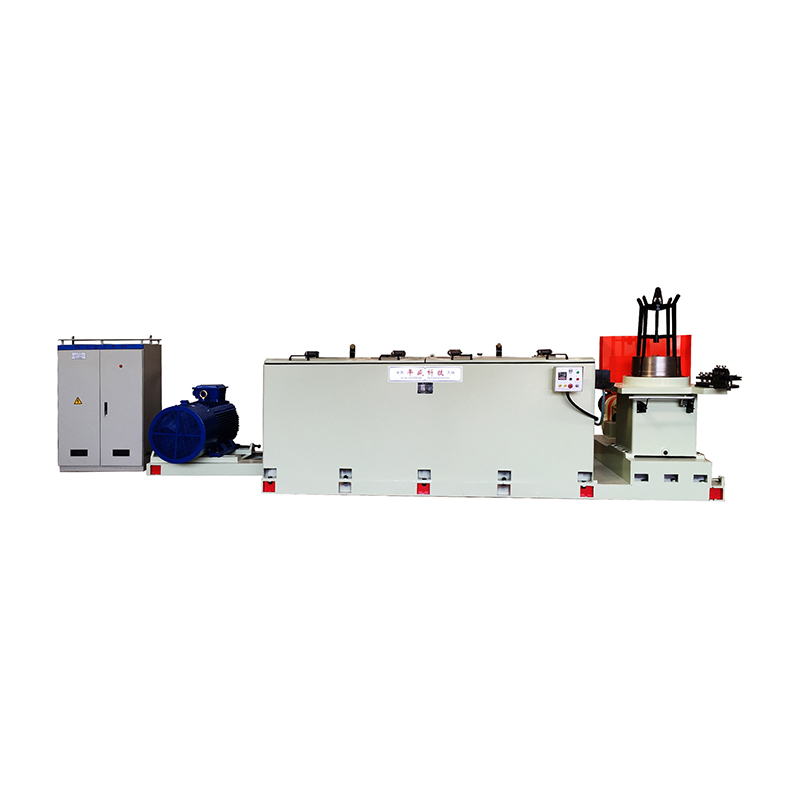How Do Auto Wire Pay-Off Machines Prevent Wire Tangling or Knotting?
In the world of wire manufacturing and processing, efficiency and precision are paramount. One of the most significant challenges faced by wire handling operations is the prevention of tangling and knotting. These issues not only result in wasted materials but also slow down production processes, leading to delays and increased costs. Auto wire pay-off machines, designed with cutting-edge technology, have revolutionized the industry by providing an effective solution to this age-old problem. But how exactly do they manage to keep wires free from entanglements and knots?
Advanced Control Mechanisms
At the core of an auto wire pay-off machine’s ability to prevent tangling lies its advanced control mechanisms. These machines are equipped with sophisticated tension control systems that continuously monitor and adjust the tension of the wire as it is unwound from spools. By maintaining consistent tension throughout the wire’s journey, these systems ensure that the wire does not become slack or overly taut—both of which are major contributors to tangling.

Precision Spool Rotation
Another critical element is the precision with which the spools rotate. Auto wire pay-off machines are engineered to control the speed and direction of the spool’s rotation with remarkable accuracy. By ensuring that the wire is fed off the spool at a controlled and uniform rate, these machines prevent the formation of loops or twists, which often lead to knots. The synchronization between the wire and the machine’s feed mechanisms further eliminates the potential for jamming or looping, creating a seamless flow of material.
Integrated Guide Systems
Wire guide systems integrated into these machines play a pivotal role in ensuring that the wire remains properly aligned and tangle-free as it moves through the machine. These guides direct the wire along a carefully designed path, minimizing the risk of the wire crossing over itself or deviating from its intended trajectory. By maintaining this controlled path, the machine eliminates the possibility of the wire twisting into a knot as it is unwound.
Anti-Knotting Technology
Many modern auto wire pay-off machines also incorporate anti-knotting technologies, such as the use of rotary pay-offs or specially designed spools. These features are engineered to eliminate friction and stress on the wire, which are common causes of entanglement. Additionally, some machines utilize a “pre-tensioning” process, in which the wire is lightly stretched before being fed into the next stage of processing. This pre-tensioning prevents the wire from relaxing into a tangled state and promotes smooth unwinding.
Monitoring and Feedback Systems
To further enhance their precision, auto wire pay-off machines often feature real-time monitoring and feedback systems. These systems use sensors and cameras to detect any deviations in the wire’s behavior, such as uneven tension or irregular feeding patterns. Should a potential problem arise, the machine immediately adjusts its operation, preventing any tangling or knotting from occurring. This proactive approach ensures that the wire remains in optimal condition throughout the entire process.
Auto wire pay-off machines represent a pinnacle of engineering ingenuity, incorporating a combination of tension control, precise spool rotation, guide systems, and anti-knotting technologies to eliminate the risk of wire tangling or knotting. These machines not only boost operational efficiency but also reduce material waste and downtime, ultimately enhancing the overall profitability of wire processing operations. With these advancements, manufacturers can now ensure a seamless, hassle-free production line—free from the chaos of tangled wires.


 EN
EN
 English
English Español
Español Français
Français Português
Português عربى
عربى

